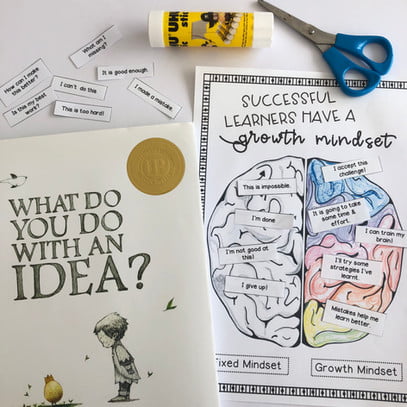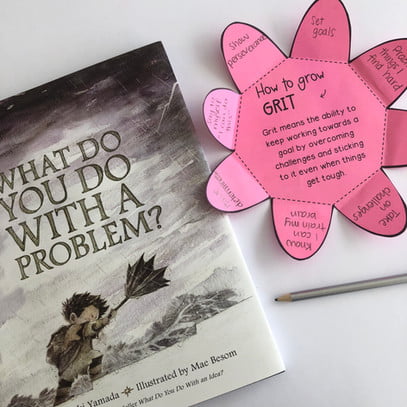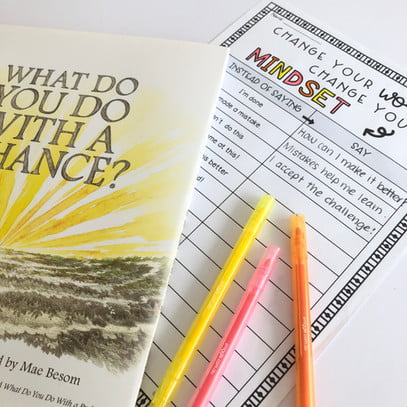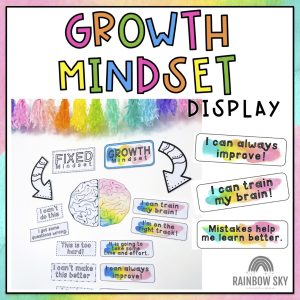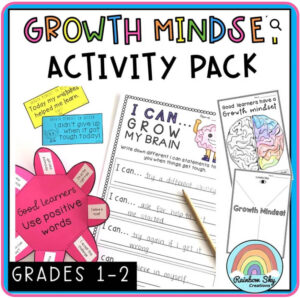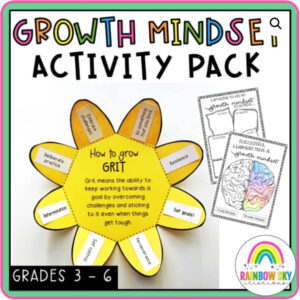Growth Mindset is all the rage in education at the moment – and for a good reason. Research has shown that students who actively implement a growth mindset attitude towards their learning can achieve above and beyond those who have a fixed mindset. It is crucial to nurture a growth mindset , encouraging students to embrace challenges and see effort as the path to mastery.
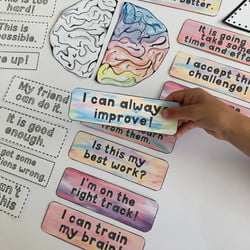
If you are not familiar, a mindset is a person’s way of thinking. Those with a fixed mindset believe their abilities are the way that they are, and there is no way they can change. They think that talent comes naturally, not due to hard work and persistence. Those with a growth mindset believe they can learn to become smarter if they persist and work hard. They view challenges and mistakes as opportunities to become better learners and to improve their skills.
As teachers, we can all see what merit teaching our students about growth mindset has. However, it is also a complicated concept to teach and transform a student’s way of thinking to implement growth mindset thoughts and attitudes. We also know that illustrating ideas and concepts through literature is a fabulous way to teach young students and engage them in the content you are trying to explain.
We have compiled a list of 3 picture books that you can use to begin to explain and demonstrate what a Growth Mindset is and its benefits. These books are all by the inspirational author, Kobi Yamada and can be used individually or as a series. They are exceptional books and are bound to be enjoyable for everyone in the classroom.
3 books to help nurture a growth mindset in your classroom:
1. What Do You Do With an Idea
This book is the first of the series and focuses on the concept of how an idea or thoughts can be a powerful tool for change. It is a fabulous book to use to introduce the language of Growth Mindset. I always introduce this book at the beginning of the school year and team it with putting up a Growth Mindset class display with my students which we can continuously refer back to throughout our learning together.
2. What Do You Do with a Problem
This book looks at a fixed mindset (focusing on a problem) and how that can hinder our growth. I like to use this book to explore the idea of developing ‘grit’ (perseverance towards a goal even through barriers). This notion of grit is essential for students to gain an understanding of because it allows them to recognise that overcoming challenges is a part of the learning process. I like to continually repeat to my students, “Good learners make mistakes,” to remind them that it is ok to make errors in my classroom.
3. What Do You Do With a Chance
The third, and newest, book in this series looks at the idea of a ‘chance’ and how this can impact the outcome of an event or situation. I like to use this book once we have established some growth mindset strategies as a reminder that all learning experiences provide us with a possibility of discovering something new. It is also another good way to introduce or reinforce the language of having a growth mindset.
Introducing a growth mindset attitude and making it a common thread in your classroom culture can have a significant impact on your students and their level of achievement. Using these (and other) books to illustrate a growth mindset can be an excellent basis for other class activities and can be revisited over and over throughout the year (these books are fabulous to read more than once!).
Some other books that nurture a Growth Mindset include:
-
Annabel and Turtle by Tahnee McShane (her stories come in podcast form too!)
-
The Dot by Peter H Reynolds
-
How to Catch a Star by Oliver Jeffers
-
Rose Revere Engineer By Andrea Beaty
-
The Girl who Made Mistakes By Mark Pett
Click the images below to explore the featured resources in this post.
What to Read Next…
Still want to know more about Growth Mindset? Click here
Different and Creative Ways to use Number of the Day
How to make Self-care a Priority
